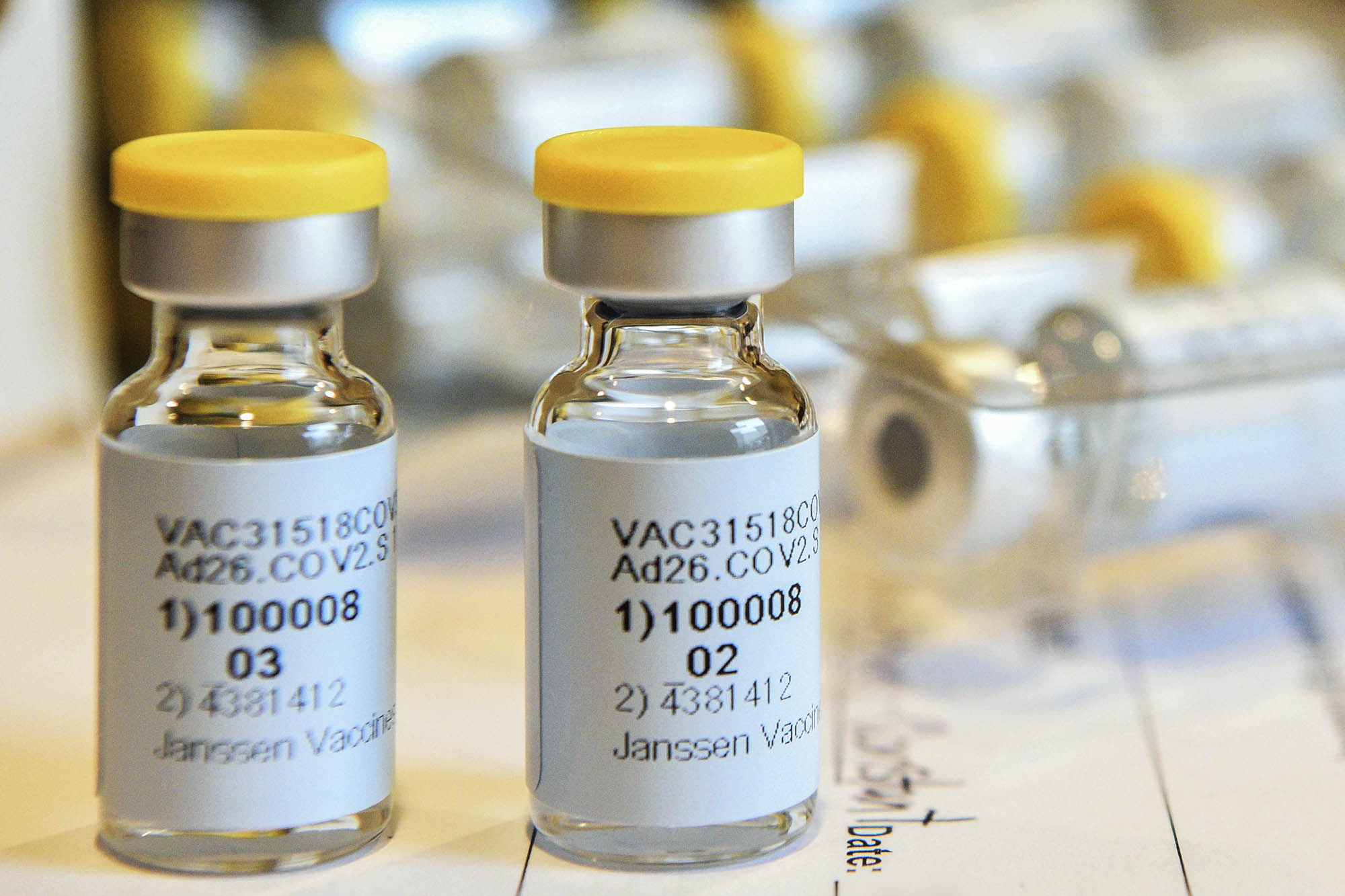This week, federal health agencies paused the administration of the Johnson & Johnson COVID-19 vaccine while the U.S. Food and Drug Administration and the Centers for Disease Control investigate reports of a rare disorder involving blood clots after vaccination.
The University of Virginia’s Dr. William Petri examined the evidence in a piece for The Conversation, re-posted below. Petri is a chaired professor of infectious diseases and international health and vice chair for research in the Department of Medicine. His lab is studying the effects of COVID-19 on the immune system and possible treatments, including vaccines.
Here’s what he had to say in The Conversation.
What is the potential side effect of the J&J vaccine for COVID-19?
The potential side effect is a blood clot in the veins that drain blood from the brain. It is called central venous sinus thrombosis. In these vaccine-associated cases of this, platelets in blood, which are important for making clots, have been lower than normal, causing an unusual combination of clotting and bleeding. While researchers do not know for certain why this is so, platelet counts could be lower, perhaps because they have been used up making these clots.
How many people have experienced this possible reaction?
About one in a million: six cases out of the 6.8 million doses of the J&J vaccine administered in the U.S. These six cases all occurred in women ages 18 to 48, and from six to 13 days after vaccination. That is about half as likely as getting struck by lightning in a year. What is being determined now is what is the normal background number of cases we might see in the general population without the vaccine as a factor. This will make it possible to determine if the clotting problem is a vaccine side effect or not.










